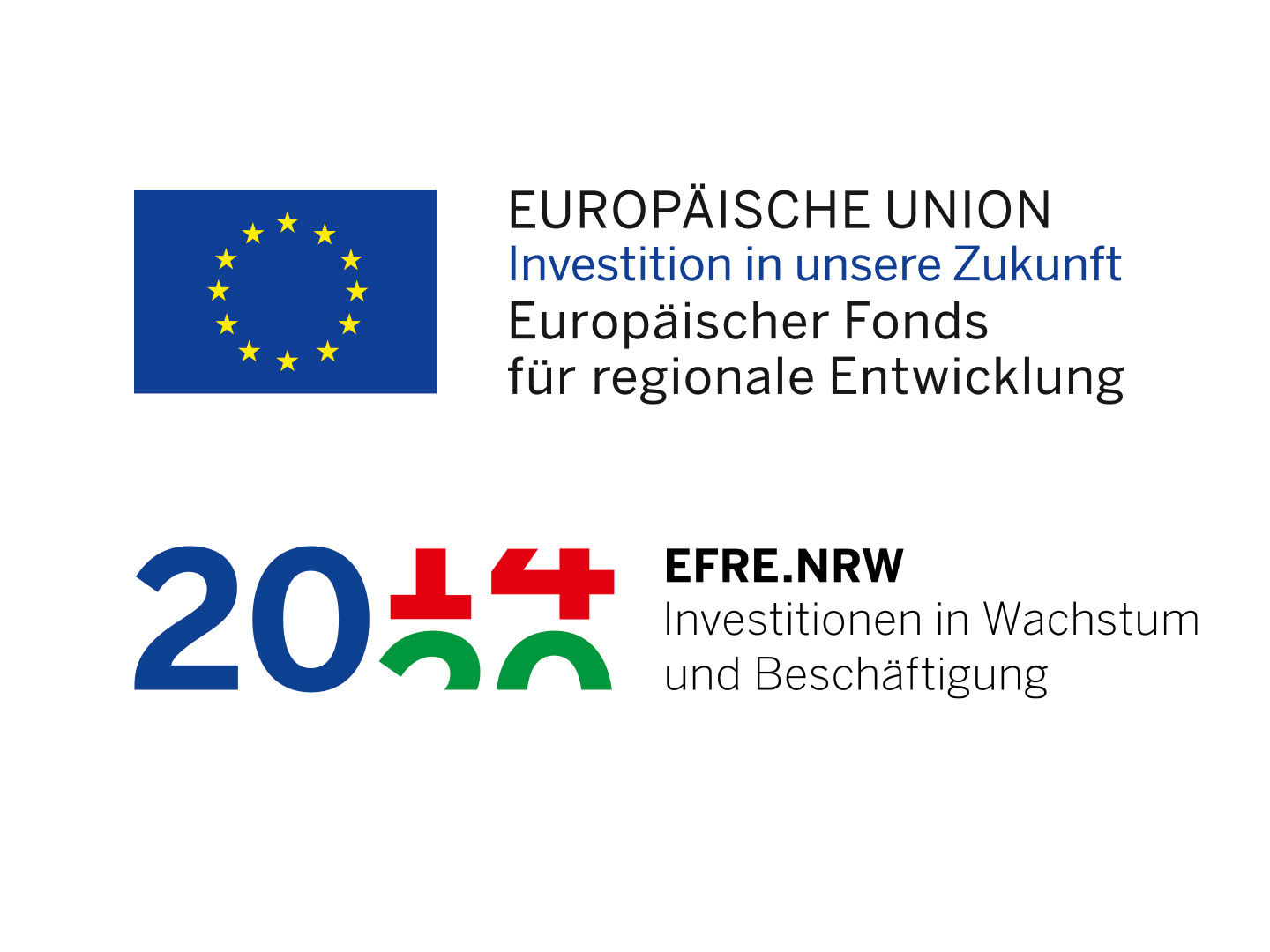Additive manufacturing processes (3D printing) play a decisive role as an automated manufacturing technology for the production of high-performance components. This will also open up unique opportunities for textile and clothing companies in the future to increase competitiveness and save resources (new products, dismantling of supply chains, reduction of CO2 emissions), which are not available with conventional production methods.
In the project, polymer materials for additive manufacturing on textiles were initially developed. Based on this, textile composites with geometries and properties that were previously unimaginable were created. Examples of applications include UV and noise protection or functional and protective clothing.
Plastics for 3D printing technologies
Using the 3D printing technology of Fused Deposition Modeling (FDM), plastics are applied layer by layer and three-dimensional structures are created. FDM printing on textiles has so far not been used commercially due to the lack of availability of suitable polymer materials. The filaments available on the market have insufficient additives for the special industrial requirements. By establishing a holistic manufacturing system in which new functional materials (compounds) and joining and connecting technology including structuring and surface technology (3D printing) are coordinated with each other, the special requirements of the industry are to be taken into account and new textile composite materials produced.
 Fraunhofer Institute for Environmental, Safety and Energy Technology UMSICHT
Fraunhofer Institute for Environmental, Safety and Energy Technology UMSICHT